Research project for AI based robot calibration
- Details
- Hits: 5829
Goal of Kirk, a research and development project for AI-based robot calibration is to develop new software-driven calibration methods from Industrial robotsn through Machine learning to develop and increase their accuracy. The initiators of the joint project are the University of Stuttgart, the DHBW Karlsruhe and Artimind's Robotics.
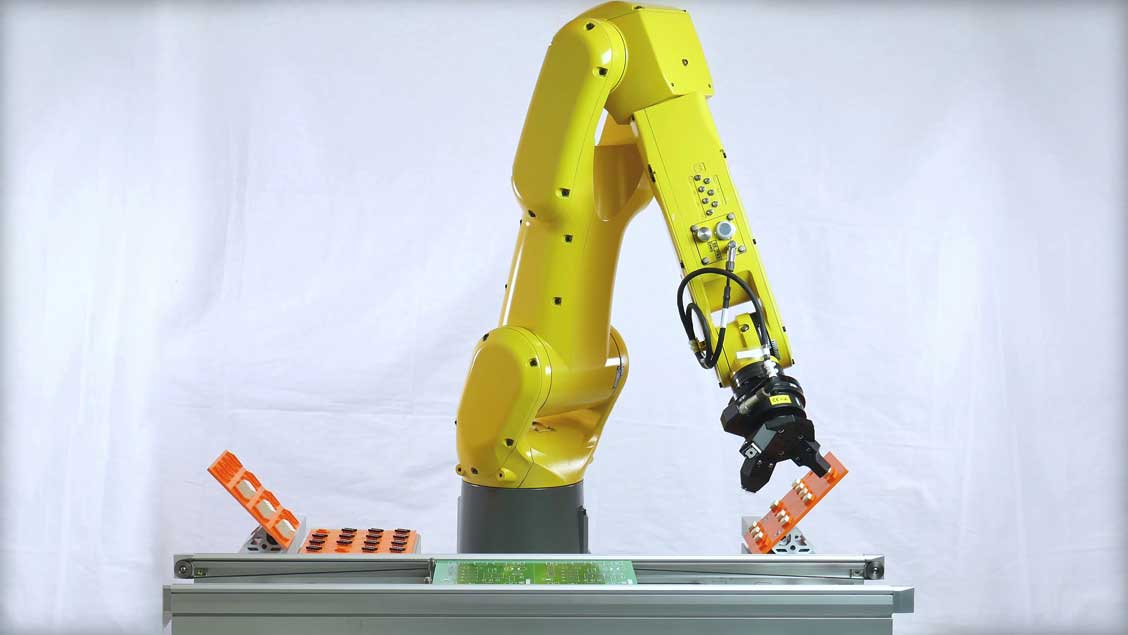
Industrial robots offer precise and reliable process execution. To achieve the required accuracy, the robots must be individually recalibrated at regular intervals. This is costly and time-consuming and means considerable additional work, especially for small and medium-sized enterprises (SMEs). In addition, more and more inexpensive robotic arms are coming onto the market which, for mechanical reasons, potentially have even greater inaccuracies in their positioning.
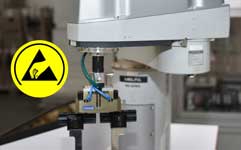 ESD certified robots for handling electrical components
ESD certified robots for handling electrical components
With currently available calibration methods only geometrical errors can be corrected. Temperature or load-dependent inaccuracies can only be compensated for inadequately, for example. The recalibration of robots during operation, which is important for a sustainable optimization process, is also unrealizable.
Software-driven robot calibration for practice
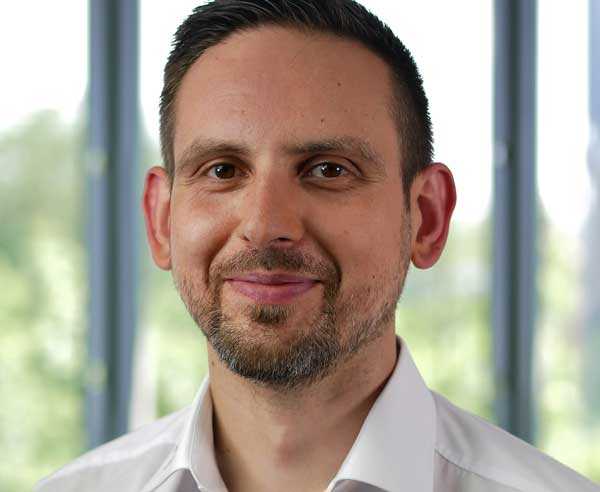 The three research partners want this Now close the gaps around the robot calibration. Using machine learning, new software-driven calibration methods are to be developed for practical use.
The three research partners want this Now close the gaps around the robot calibration. Using machine learning, new software-driven calibration methods are to be developed for practical use.
Darko Katic, technical contact person for the Kirk project and team leader AI at Artiminds explains: “The possibility of automatically recording and analyzing data reduces the effort for the user and makes it easier for SMEs in particular to develop the skills they need to use a robot optimally. "
With the aim of increasing the accuracy with software support, robots should be used flexibly for a wide range of applications. Workflows are to be simplified by a solution that is independent of the type of robot and manufacturer, and time is relieved for specialist staff.
Neural Networks
"The basis for making the complex relationships between external factors and the time-changing properties of the individual robot manageable and thus increasing the positioning accuracy is formed by the deep neural networks (deep learning)," comments AI researchers Professor Marco Huber from the IFF of the University of Stuttgart.
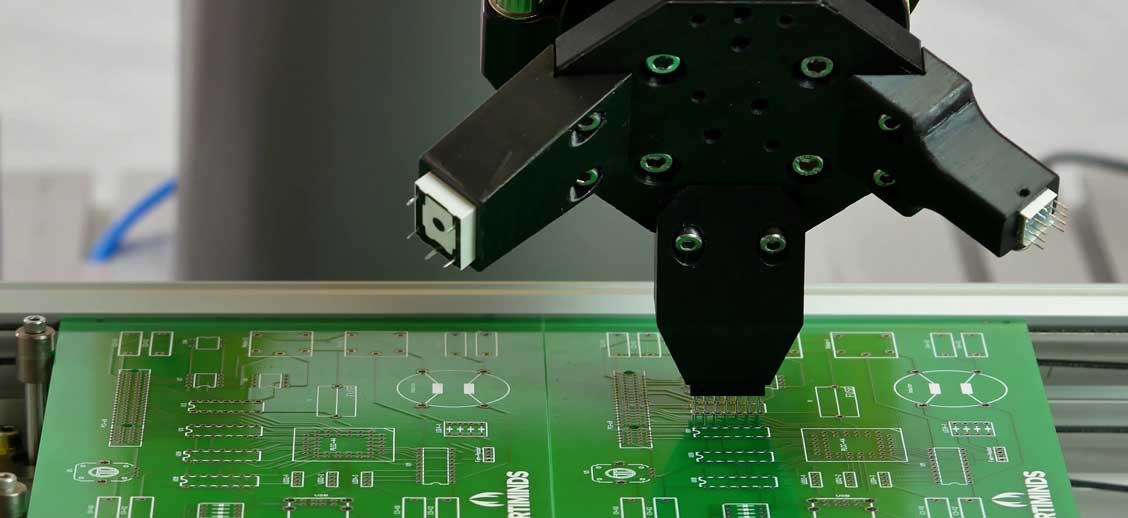
The Institute for Industrial Manufacturing and Factory Management (IFF) der University of Stuttgart and the Robot-and-Human-Motion-Lab (RaHM-Lab) of the duals University of Baden-Wuerttemberg Karlsruhe take over the basic research in the project. Together with Artiminds as an industrial partner, the results of the Research transferred to real industrial applications. Finally, the new methods should be included in the software Robot programming Robot Programming Suite (RPS) can be integrated. The end of the project is planned for spring 2022.
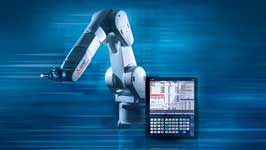 CNC + robot programming on one platform
CNC + robot programming on one platform
